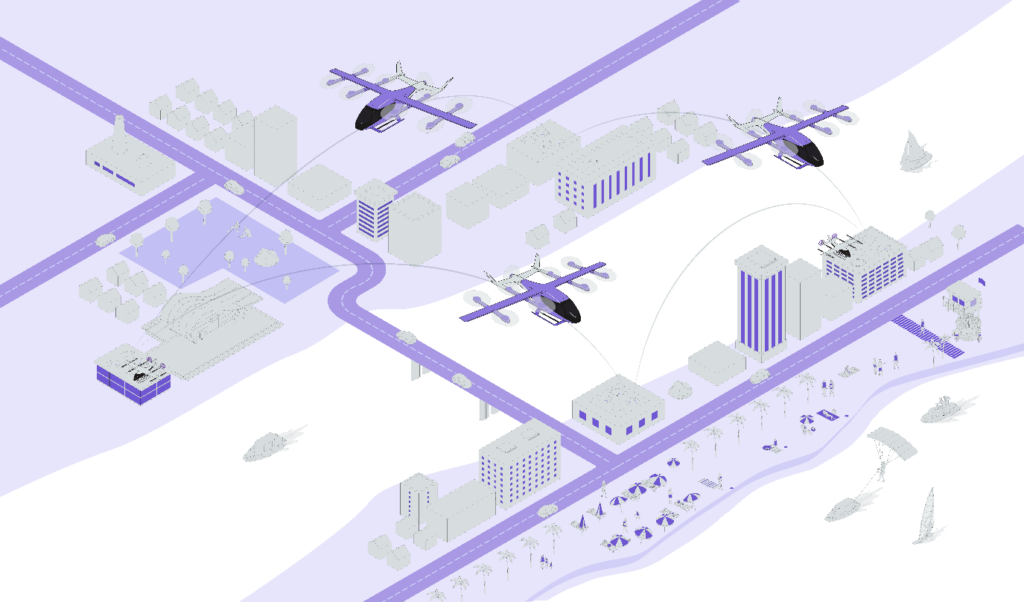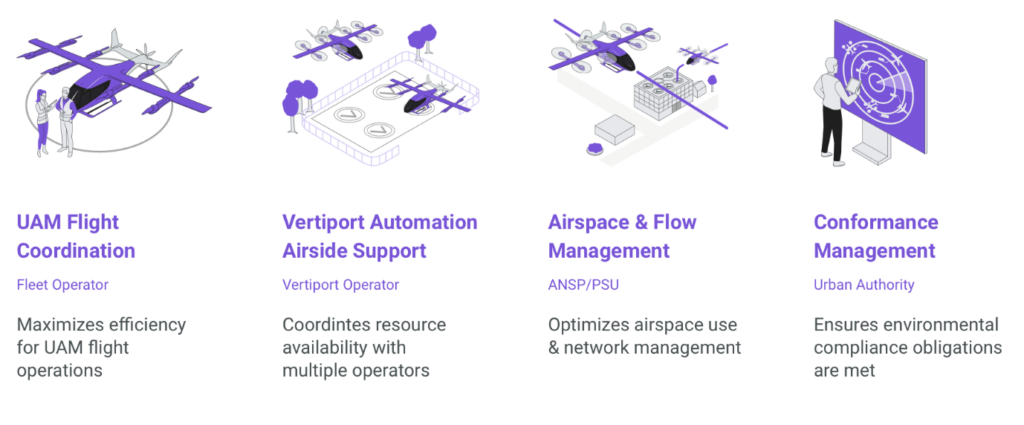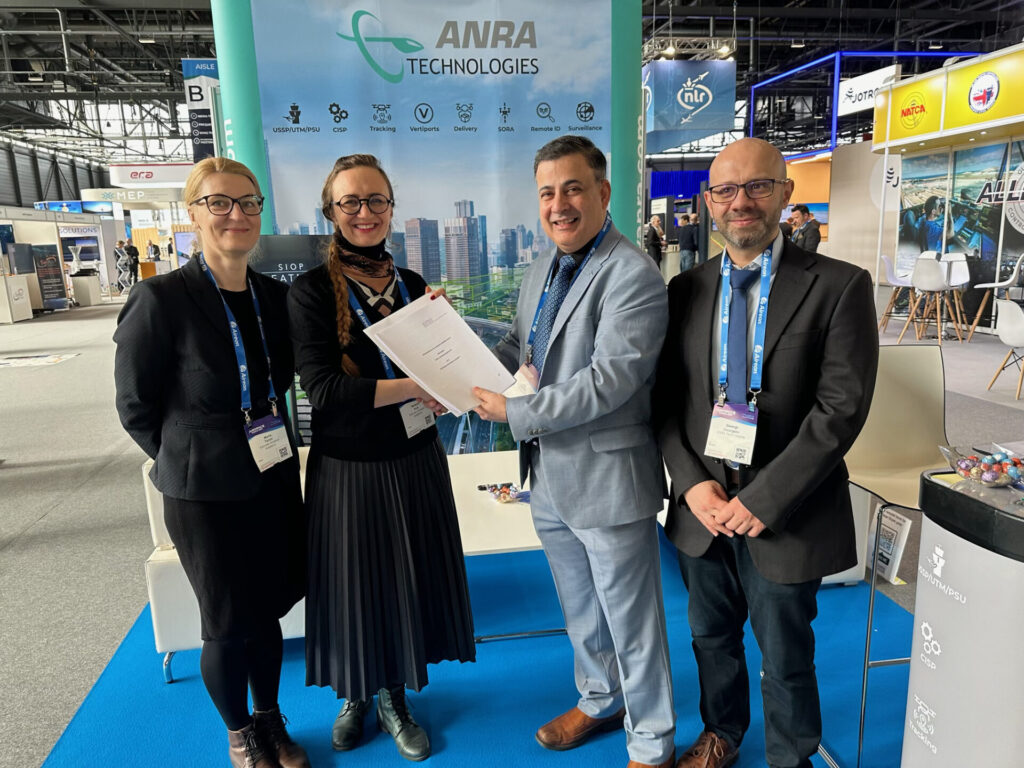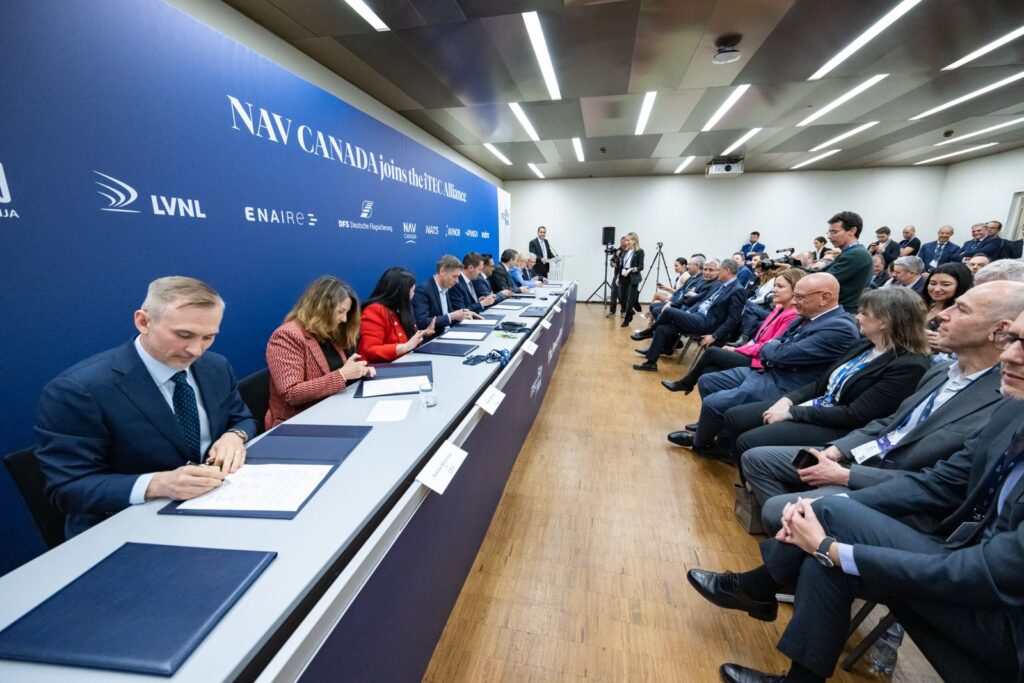Campbell Scientific’s 50 years of service to aviation

Since it’s conception 50 years ago in 1974 in Logan Utah, Campbell Scientific has been involved in the aviation industry. The company was founded by two brothers, Eric and Evan Campbell, who combined their experience and education to first develop the CA9 Path Averaging Laser Anemometer, which was made for use by the U.S. Army to study wing-tip vortices at the White Sands Missile Range, New Mexico. Data from the CA9 confirmed that under common wind conditions, these spiraling air shafts—caused by aerodynamically clean, but heavy aircraft—would sporadically relocate in the center of the runway.
Campbell Scientific knows that aviation has become essential for the success of global business, worldwide transportation of goods, and exploration of our amazing planet. As airlines and airports continue to take advantage of technological advancements, air travel is becoming accessible to more people every day. Just as airports are using modern technologies to solve capacity, security, and baggage challenges, they must also consider modern technologies and solutions that will address their specific everyday weather needs for the safe arrival and departure of aircraft. Each airport has a unique set of weather, capacity, and safety challenges that must be met by a flexible and reliable solution that is sustainable and can grow with the airport for years to come.
To date, Campbell Scientific has worked with many airports worldwide to maintain safe skies and increase critical information flow to airport managers, pilots, and other essential personnel. One major project has been partnering with ASECNA, the Agency for Aerial Navigation Safety in Africa and Madagascar, which has the responsibility of managing an airspace 1.5 times the size of Europe. Their mission is to provide efficient and secure air navigation services for 17 African states. To achieve this, meteorological software is necessary to assess the current and future weather. It is installed throughout the international airports, ensuring continual safety within air services.
There are unique challenges that modern airports face, and Campbell Scientific is ready with flexible, compliant, and future-proof solutions to maximize your performance. Our NEO Modular Web platform offers the ideal Pilot MET briefing system. This software allows the most demanding airport meteorological services to manage OPMET data collection, facilitate AWOS visualization and overlays, produce aviation forecast cross sections and vertical profiles, all while maintaining the highest compliance with both the International Civil Aviation Organization (ICAO) and World Meteorological Organization (WMO). The data acquired from the NEO software can automatically produce meteorological flight folders, as well as be stored online for immediate availability for pilots and airline companies.
Campbell Aero Automated Weather Observing System (AWOS) and Runway Visual Range (RVR) solutions are designed to accommodate and adapt to a diverse set of needs. Campbell Aero AWOS and RVR solutions are proven to be rugged and reliable in the harshest of environments. Our flagship Campbell Aero software and AeroX Stream™200 hardware provide maximum flexibility to airport managers, air traffic controllers, weather observers, and maintenance personnel to ensure they are in control of their specific AWOS and RVR solutions. Managers can select their preferred sensing technologies, and users can customize their display layouts to improve efficiency and reduce near-term, subsequent project costs. Campbell Aero AWOS and RVR solutions are ICAO and WMO compliant and built to sustain a low total cost of ownership over time.
Campbell Scientific is proud to be exhibiting at Airspace World 2024. For more information on our aviation weather solutions, please come and visit our team at booth H39, or use the QR code to read more about how our suite of AWOS products can work for you.
















